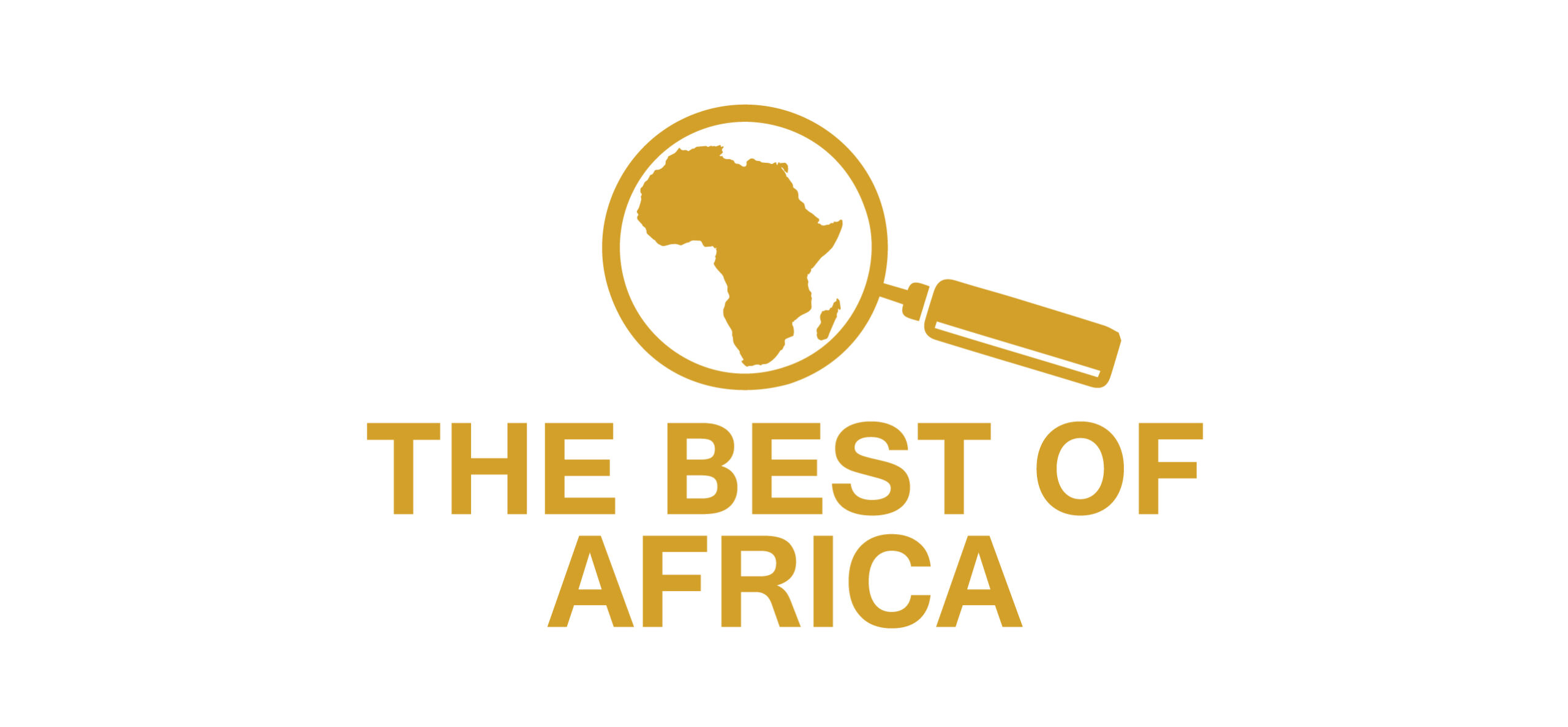The National Geographic Society has been inspiring people to care about the planet since 1888. The National Geographic Society (NGS), headquartered in Washington, D.C. in the United States of America, is one of the largest nonprofit scientific and educational institutions in the world. Its interests include geography, archaeology and natural science, the promotion of environmental and historical conservation, and the study of world culture and history. The organization also sponsors and funds scientific research and exploration. The Society publishes an official journal, National Geographic, in English and 40 local-language editions. It also publishes other magazines, books, school products, maps, and Web and film products in numerous languages and countries. Its Education Foundation gives grants to education organizations and individuals to improve geography education. Finally, its Committee for Research and Exploration has awarded more than 1.000 grants for scientific research and exploration. National Geographic‘s various media properties reach more than 600 million people monthly. National Geographic maintains a museum for the public in its Washington, D.C., headquarters. It has also helped to sponsor popular traveling exhibits, such as an early 2010s “King Tut” exhibit featuring magnificent artifacts from the tomb of the young Egyptian Pharaoh; “The Cultural Treasures of Afghanistan” which opened in May 2008 and traveled to other cities for 18 months; and an exhibition of China’s Terracotta Warriors in its Washington headquarters in 2009–10.
Related Articles
the mission of Cambia Solutions
choosing the activists you want to support and the dictators you want to weaken
answers from the volunteers behind the Crisis Commons
The beauty and the strength of Africa
Zambia : Zangose Tembo, Founder of « The Best of Africa » presents at OLBIOS this excellent media platform
Is your country censoring you?
discover an original project
Standing by you in the digital world
the work of the Electronic Frontier Foundation
Compassionate capitalism is the most pragmatic one
David Green and the medical technology
dés les stade d'une idée innovante
Understanding the reality of viruses
what are the viral listening spots?
Education for the most youthful region in the world
the mission of Njideka Harry
![]()
STAY IN TOUCH
SUBSCRIBE TO OUR NEWSLETTER
AND RECEIVE OUR LATEST STORIES










